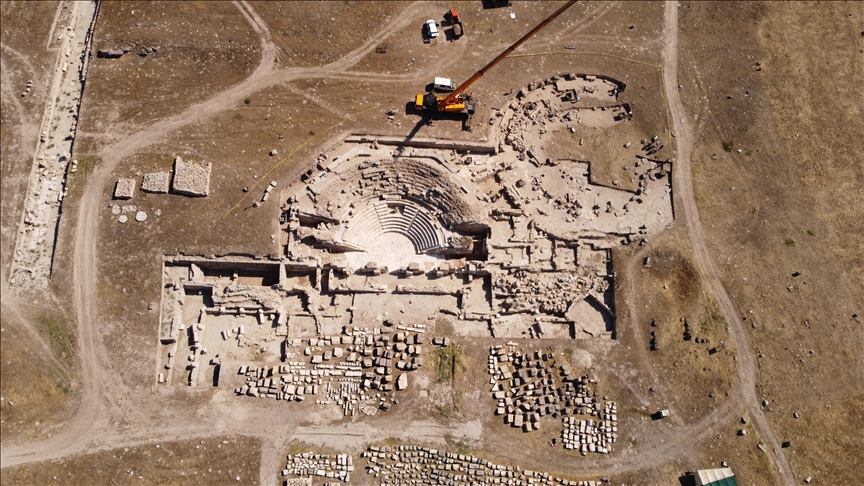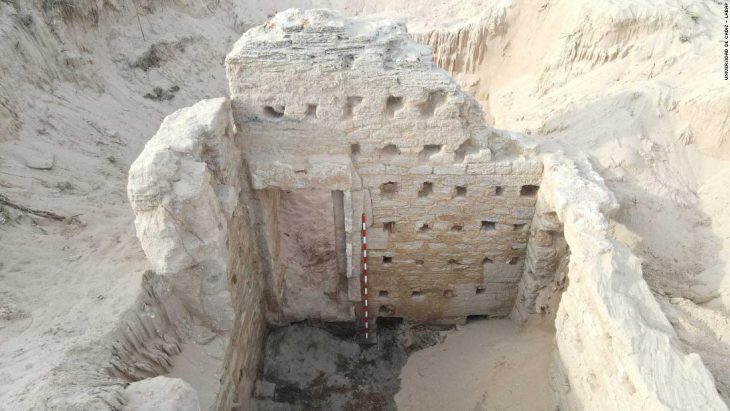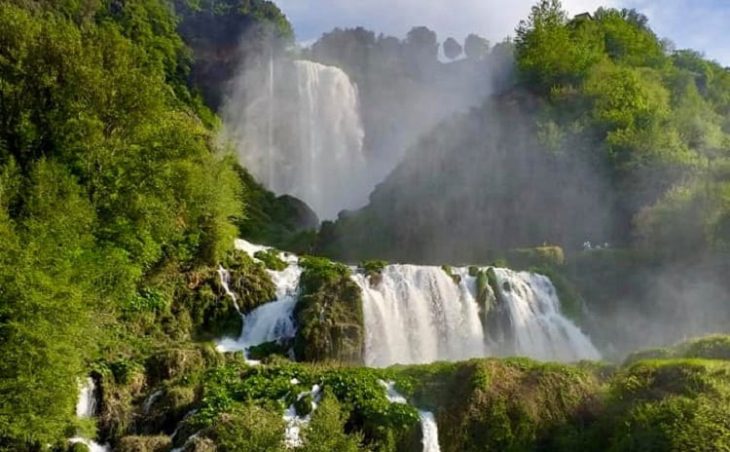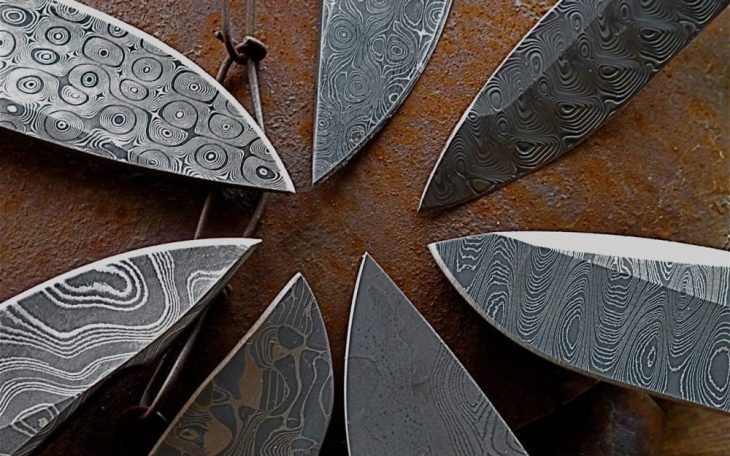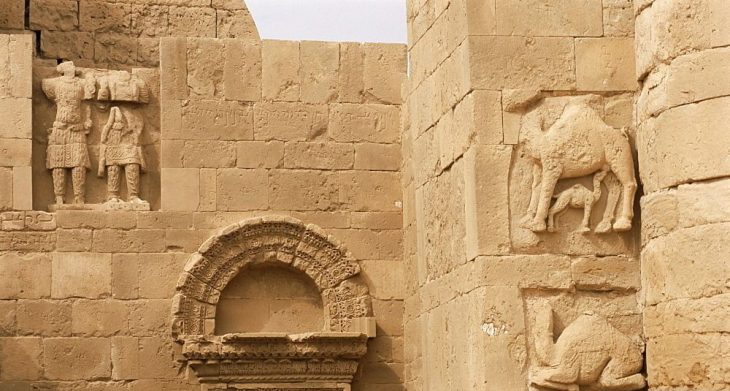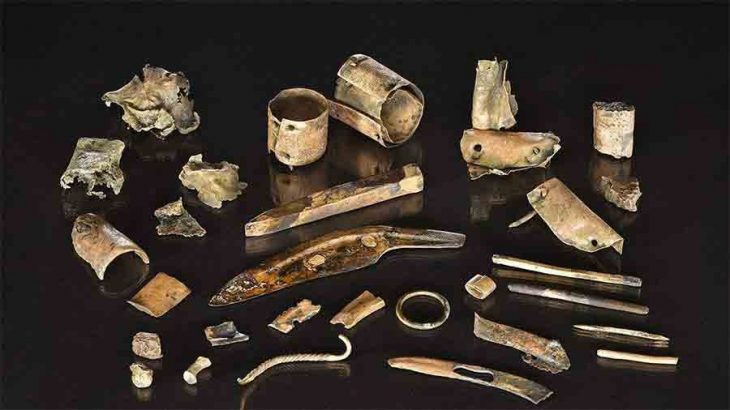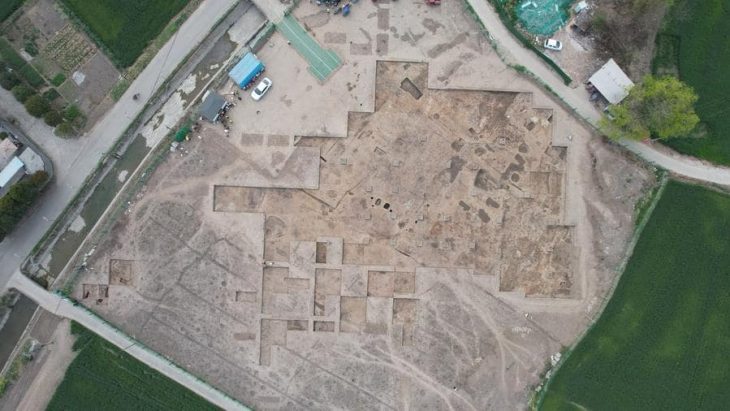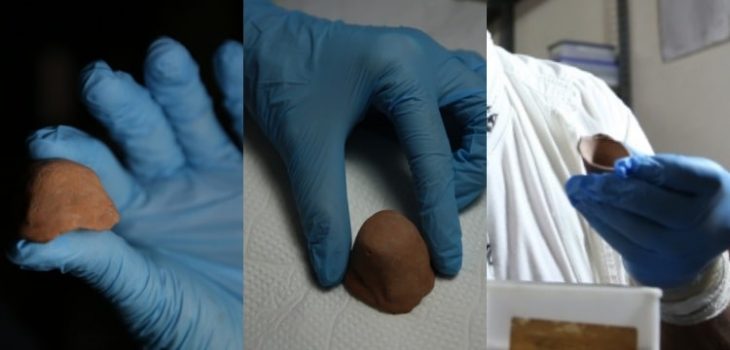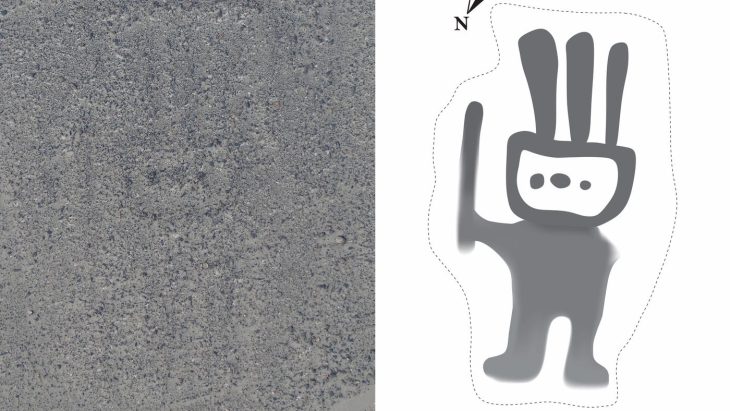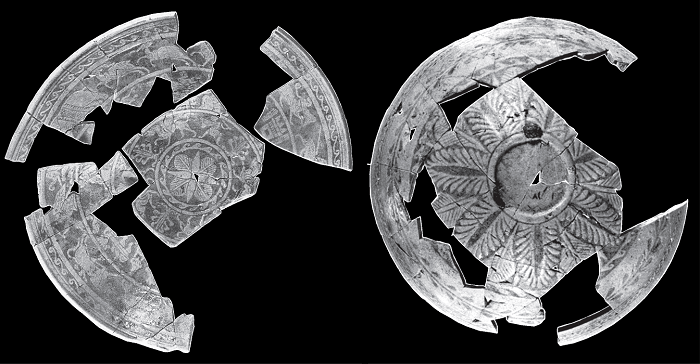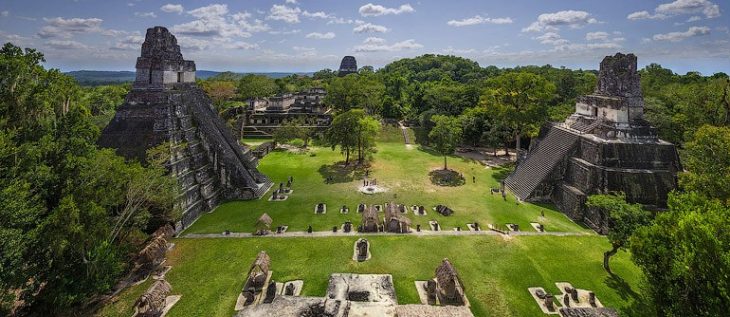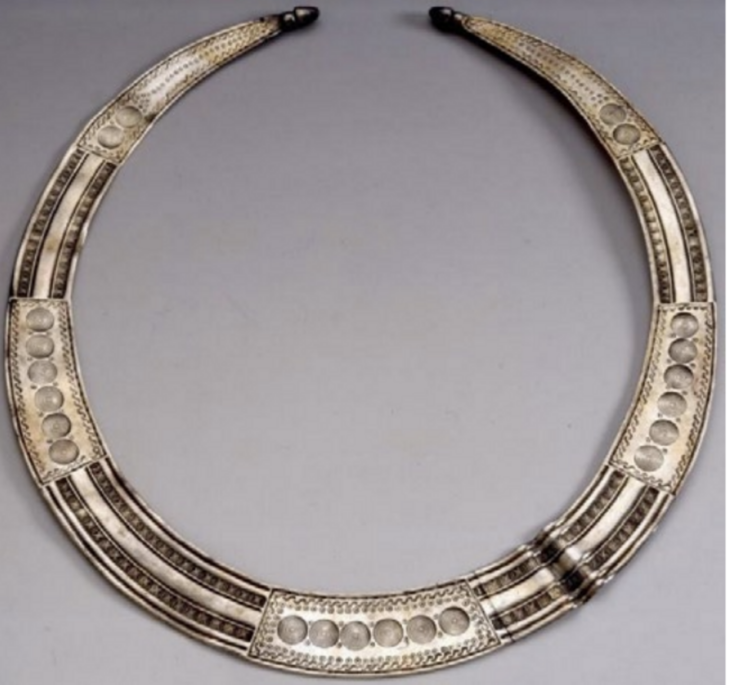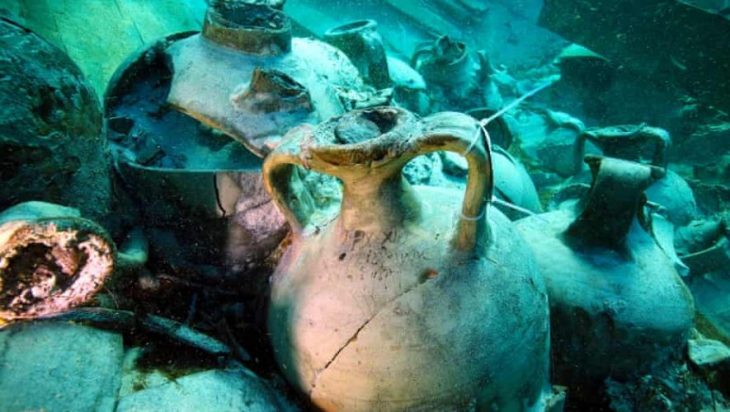During the 2025 excavation season, archaeologists in the ancient city of Laodicea have unearthed a 2,050-year-old Roman-era assembly building with a never-before-seen architectural design in Anatolia. The structure, which served as the administrative and judicial hub of the city, highlights Laodicea’s critical political role in Roman times.
The find was announced by Professor Celal Şimşek, head of the excavation team, in an interview with Anadolu Agency. Located in the modern-day province of Denizli, Laodicea is listed on UNESCO’s Tentative List of World Heritage Sites and has been under continuous archaeological investigation for over two decades.
A Rare Architectural Marvel
The newly discovered building features pentagonal outer walls and a hexagonal interior plan, a unique architectural style never before encountered in ancient Anatolia. “We are seeing this type of architecture for the first time in the region,” noted Şimşek.
The structure dates back to the late 1st century BC, during the reign of Roman Emperor Augustus, and remained in use until the 7th century AD, when the city was gradually abandoned. Based on the size and design of the seating tiers—17 in total, including 8 lower and 9 upper rows—archaeologists estimate that the building accommodated between 600 and 800 members, including elders, youth, and general citizens.
Inscriptions on the seats revealed the names of assembly leaders and members, offering an exceptional glimpse into the civic structure of ancient Laodicea.
📣 Our WhatsApp channel is now LIVE! Stay up-to-date with the latest news and updates, just click here to follow us on WhatsApp and never miss a thing!!
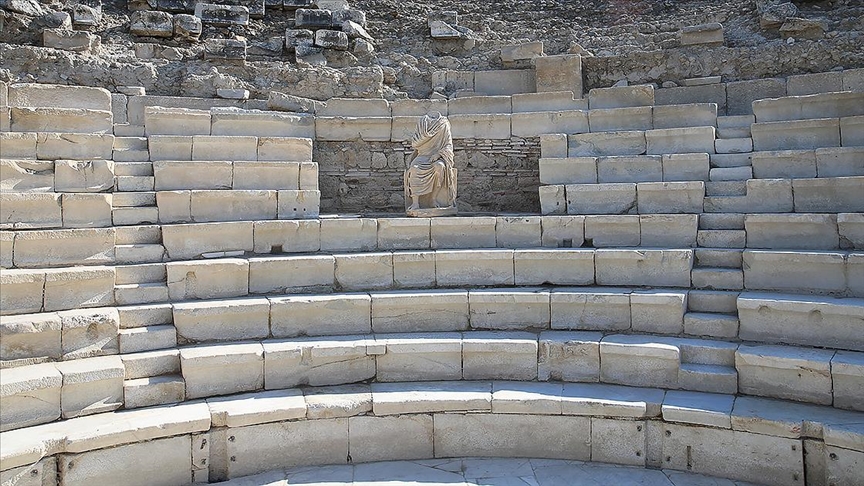
Center of Politics and Justice
According to Şimşek, ancient sources already suggested that Laodicea served as a judicial and administrative center for 7 to 10 surrounding cities during the Roman era. “Laodicea was one of the largest metropolises of Anatolia,” he said. “The existence of such a massive and uniquely designed assembly building confirms its central role in governance and law.”
A seated statue discovered inside the building is believed to represent a high-ranking official or chief judge. Interestingly, the statue’s head—added later and dated to the 5th century AD—indicates that the image of authority was updated over time to reflect changes in leadership. “This shows a continued use and evolution of the legal system over centuries,” Şimşek explained.
Strategic Location and Surrounding Structures
The assembly building is part of a larger civic complex that includes a political agora, archive halls, a grand bath complex, and the largest stadium in Anatolia. These elements paint a picture of a city that was not only wealthy and populous but also played a pivotal role in regional governance.
In particular, the South Bath Complex and the massive stadium next to it emphasize the scale and importance of Laodicea during the Roman Empire.
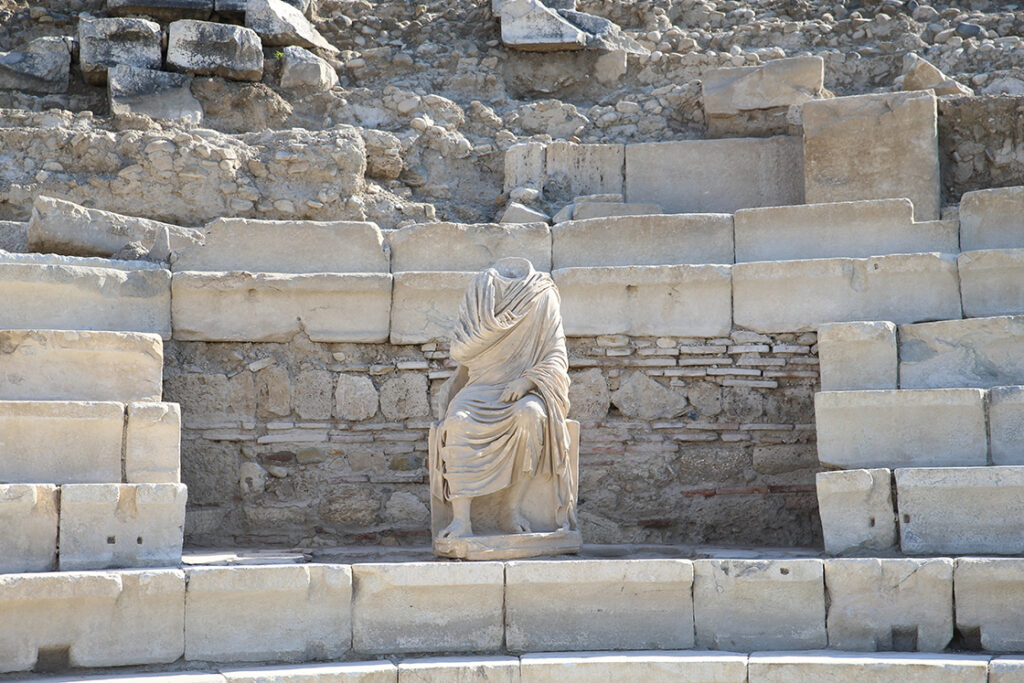
About Laodicea: A City of Continuity and Culture
Founded in the 3rd century BC by Seleucid King Antiochus II, who named it after his wife Laodice, Laodicea became one of the most prominent cities of the Roman province of Phrygia. It reached its peak in the 1st and 2nd centuries AD as a center of commerce, law, and religion.
The city was also home to a significant early Christian community and is one of the Seven Churches of Revelation mentioned in the New Testament.
Past excavations have uncovered remarkable artifacts, including frescoed travertine blocks, a three-meter-tall statue of Emperor Trajan, the Traian Fountain, sculptures of priests and mythological figures, and elaborate mosaics, all testifying to the city’s artistic and political sophistication.
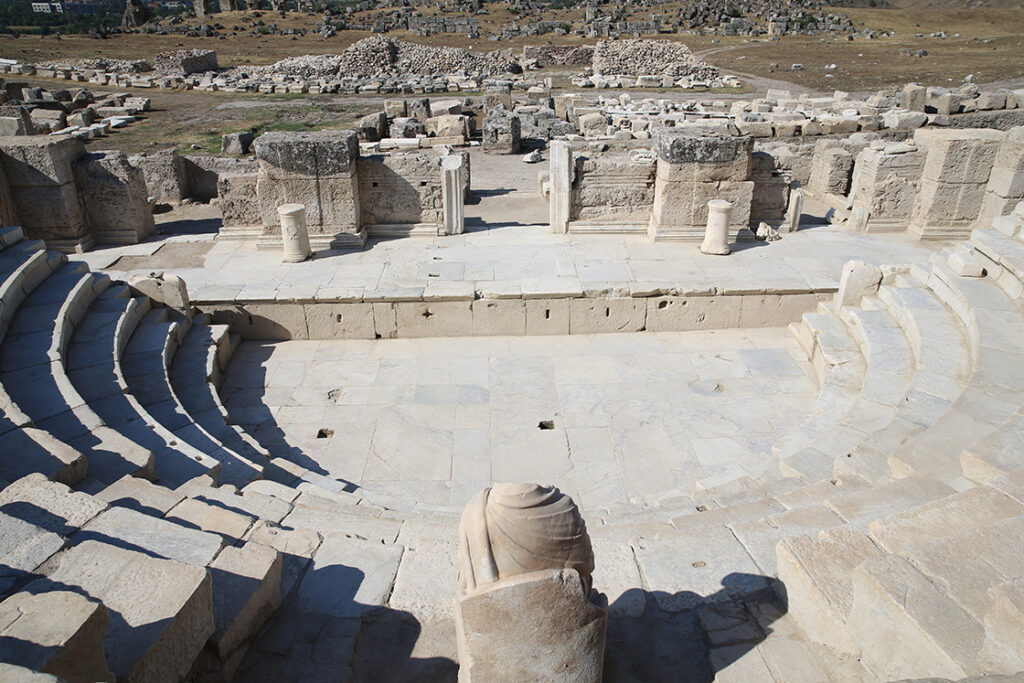
A Milestone in Archaeology
Professor Şimşek confirmed that the excavation work on the assembly building is nearing completion. “This structure served Laodicea for nearly 750 years without interruption. It’s not just an architectural first—it’s a cultural and historical treasure,” he concluded.
As work continues, the discovery is expected to contribute significantly to Laodicea’s recognition as a full UNESCO World Heritage Site, bolstering both academic interest and tourism in the region.
Cover Image Credit: Sebahatdin Zeyrek – AA

